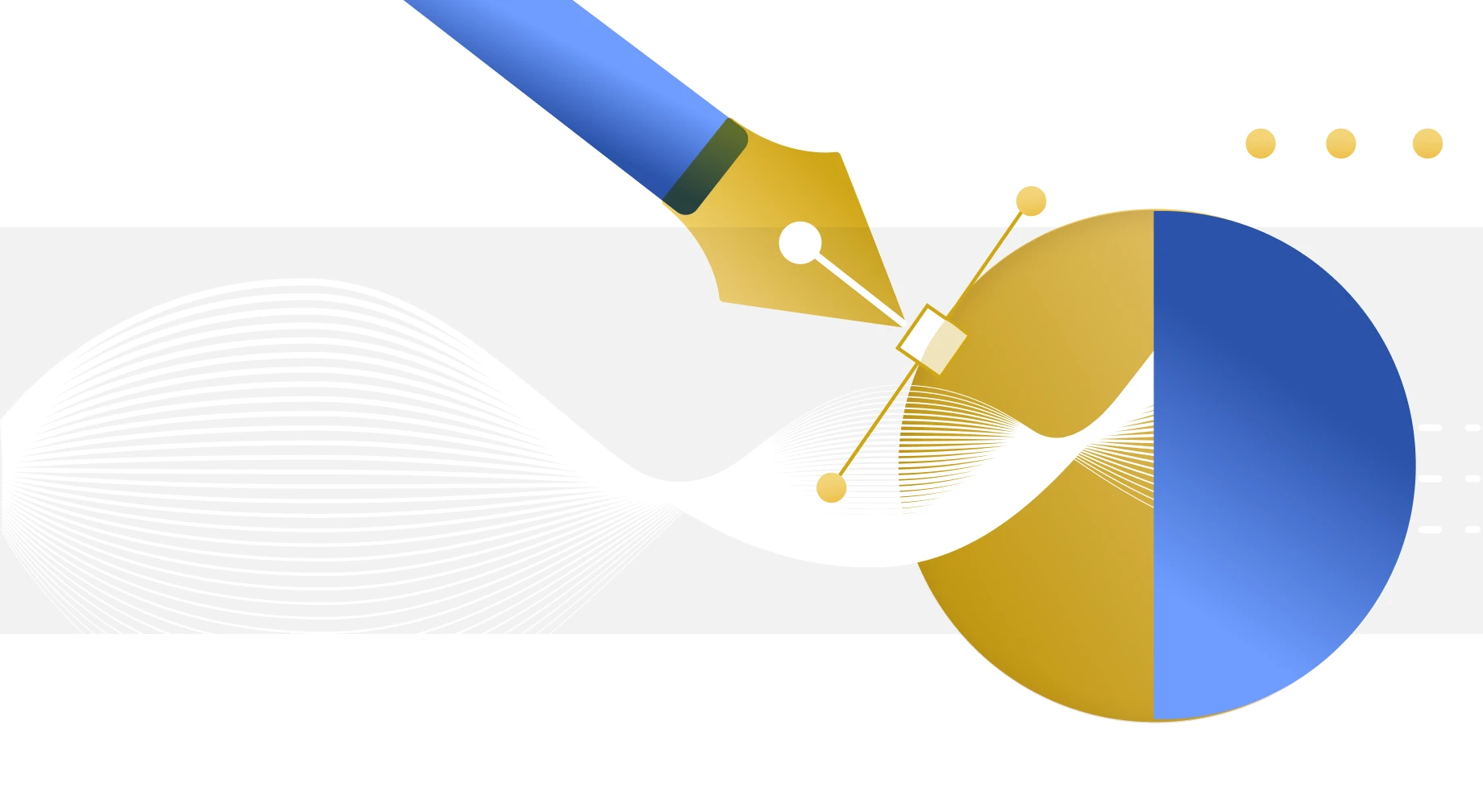maintenance services
SHARE
Why Hiring a Product Designer is a Cost-Saver

Startups have to make a lot of tradeoffs in order to allocate human capital, monetary capital, and other resources under very tight constraints. In the process of doing so, we often see what I would call an over-prioritization and over-allocation of capital to development resources, and a belief that design can “come later.” In my experience, it is a rare case that not hiring a product designer from the beginning is a wise decision. In most products, this results in developers creating the UX/UI of an application on the fly. The problem is, most developers are not great at doing so. The result is an accumulation of usability debt that can be incredibly hard to unwind.
If you are building a large release such as an MVP and not getting feedback on the features you are building for months on end, this issue can be greatly exacerbated. At its core, usability debt “refers to the additional time and effort costs that result from launching faster or easier technical solutions, instead of releasing the best approach. It implies that the cost of having to go back and fix problems after launch is always higher than launching ideal solutions in the first place.”
So, why do companies and startups in particular often over-invest in development while minimizing their design inputs? Typically this is because startups are strapped for cash, and believe that more features equals a better product. Everyone wants things to be “simple and clean” in theory, but many startup founders squirm when the idea of scrapping features in favor of a better experience is suggested.
There is no worse feeling than investing all of your resources into building a product and then realizing no one knows how to use it.
The Product Development Cycle of a Poorly Designed Application
If a company has indeed tried to build a product without hiring a product designer and testing efforts upfront, they will usually figure out the mistake after launching the product. This could be through a variety of paths: low usage of features, poor retention, a high level of complaints to customer support, etc. The cycle usually looks something like this:
- Startup scraps design in favor of putting extra capital towards development to maximize feature development. As a result, developers create the site architecture and user flows on the fly. Rinse and repeat until MVP is complete and released.
- Product team realizes that their application is unusable or confusing, usually through poor retention or poor feature usage.
- Designer hired! Audits, user testing, and usability testing ensue, and a new experience is born.
- Team realizes that they are forced to essentially rebuild what they have already built in order to create a usable product that satisfies their target customers’ needs. Womp, womp.
Under the constraints of needing to focus on one area at a time, less important features are often left in the product with usability debt baked in, detracting from the overall experience. This cycle is not only a gigantic waste of time and money, but it is also incredibly demoralizing to the product development team.
The Benefits of UX/UI First Strategy
The more you challenge your product’s market assumptions at the design phase, the less you’ll waste in the initial development phase. With proper UX research, interviewing, and testing of designs, you can achieve:
A Professional Look
Create a product of greater aesthetics. Letting engineers take the first pass on the design of your product could result in something functional but with a lot of rough edges. You don’t want to be embarrassed or have to talk around those rough edges.
Ease of Use
Ensure users actually understand how to use what you are building before you build it by performing usability testing with a prototype.
Reduced Confusion
Greatly reduce usability confusion and the amount of iteration required on a feature.
Reduced Costs
Yes, it is amazing that you can actually save money on development costs by hiring a product designer upfront.
We have clients that would testify to this. We think of this as the “measure twice, cut once” mentality. Ensure your target user wants and understands your product or feature before you spend the capital building it.
Why Hiring A Product Designer is a Cost Saving Investment
If at all possible given your resources, my advice is to hire a product designer that is good at prototyping and testing designs with users. You will improve the fidelity of your application, create a product you are proud of, and in the long term, actually save time and money by doing things right the first time.
UI/UX Design Services
Flatirons crafts user-centric UI/UX designs that drive engagement and user satisfaction.
Learn moreUI/UX Design Services
Flatirons crafts user-centric UI/UX designs that drive engagement and user satisfaction.
Learn more
The Design Sprint Ultimate Guide in 2024
Flatirons
Mar 12, 2024
The Ultimate Guide to Writing a Proof of Concept (POC)
Flatirons
Feb 18, 2024
Top SaaS CSV Importer Solutions
Flatirons
Feb 13, 2024
The Top Nearshore Development Countries
Flatirons
Jan 17, 2024
3 Ways to Accept Google Pay Online
Flatirons
May 19, 2023
Must-Have SaaS Metrics
Flatirons
May 05, 2023